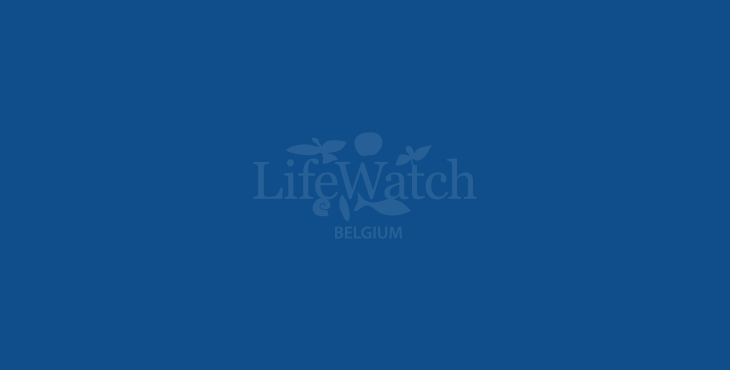
03
Apr
2017
7th IceAGE workshop and training session
From 3 till 7 April 2017, the EurOBIS Data Management Team provided a double training workshop in Poland. During both workshops, the participants were submerged into EurOBIS & OBIS, and other related initiatives such as EMODnet Biology and LifeWatch, and how all these initiatives relate to GBIF. Next to a general introduction, the participants were trained in how to process their own datasets to submit them to EurOBIS, from where they will flow to OBIS.
The first training took place at the Biological Station in Spala, in the framework of the IceAge project (Icelandic marine animals: Genetics and Ecology). During their 7th IceAge workshop – with 32 participants -, 1,5 days were allocated to talks, demonstrations and a hands-on session on how to get data into (Eur)OBIS. In addition, plenty attention was given to data publications, either through assigning DOIs to the datasets or by actually publishing a data paper. The IceAge community sees plenty of advantages of sharing their data with (Eur)OBIS and thereby filling the gap around Iceland, once they have been able to process all the collected samples. Individual researchers also indicated they will promote EurOBIS at their institutes and encourage their students and colleagues to consider publishing their data through (Eur)OBIS.
The second training was organized upon request of Magda Blazewicz, one of the organizers of the IceAge workshop and professor at Lodz University. The target group here were 6 Masters and PhD students at the University, and the general theme was “how can you contribute to EurOBIS, and how can EurOBIS help you as a scientist?”, aiming to motivate them to submit their data to EurOBIS, once their research is completed. During this training, it was explained how a data file can be prepared for submission to EurOBIS, including information on specific quality control steps that can be taken and tools that can be used to assure the quality and fitness-for-purpose of your data. In addition, the data flow from EurOBIS to other large-scale initiatives such as OBIS and GBIF was illustrated, and – based on the EMODnet Biology Data Portal - a demonstration of the many available tools and functionalities to query the EurOBIS data was given. Attention was also given to how a data paper can be created, how this can increase the visibility of the research and data and which tools are available to help in this process.



